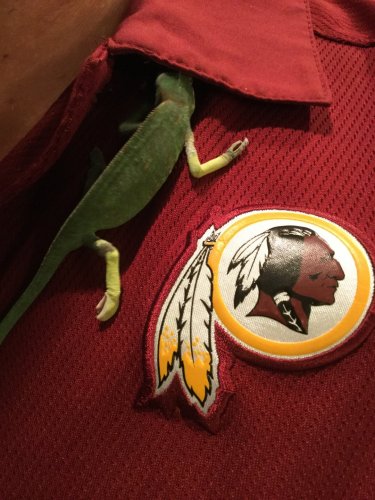Chameleon Info:
BTW, i plan to get him to the vet, but the closest is a couple hours away and my work schedule wont allow me to get up there until next week
Should i figure out a way to put a flase floor in the cage so if he falls he doesn't fall far?
- Your Chameleon - male vieled, i have had for about 2 weeks
- Handling - three times for only a minute or two
- Feeding - about 10 small crickets once a day
- Supplements - I just got calcium and D3 products although i dont know what kind (they are at home)
- Watering - mist twice a day by hand, homemade drip vine fed by a little dripper
- Fecal Description - blackish brown 'turd' with white on one end
- History - i beleive he was a baby when i got him at petco
- Cage Type - 18*18*36 screen
- Lighting - incandesent 60W and 18" UVb light, probably zoomed
- Temperature - 80-82 basking spot, around 70 on the floor
- Humidity - unsure, i dont measure
- Plants -no, i use plastic. I started with lots of variation in density and climbing locations, but since he is having troublecontroling his legs i removed a bunch of the greenery and made it more handicap accessable. Basically there are a bunch of braches but only vegitation in a coupl of places so he can move from place to place easier, but has plenty of cover when he gets where he is going.
- Placement - in the corner of my office, low traffic, minimal breeze, we have radiant heat so it is pretty steady. The top of his enclosure is about 5 1/3 feet off the floor. Near a window so as to get passing sun on parts of the cage for a couple hours
- Location - maryland
BTW, i plan to get him to the vet, but the closest is a couple hours away and my work schedule wont allow me to get up there until next week
Should i figure out a way to put a flase floor in the cage so if he falls he doesn't fall far?







